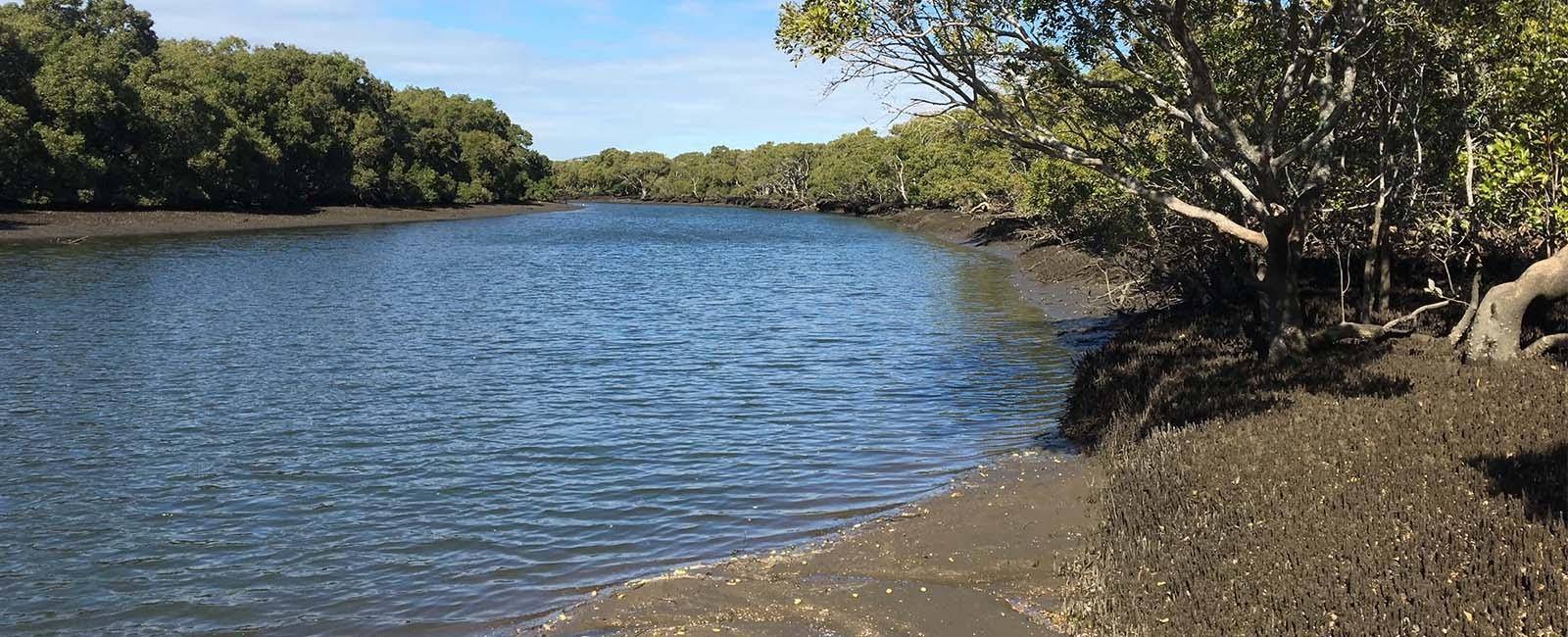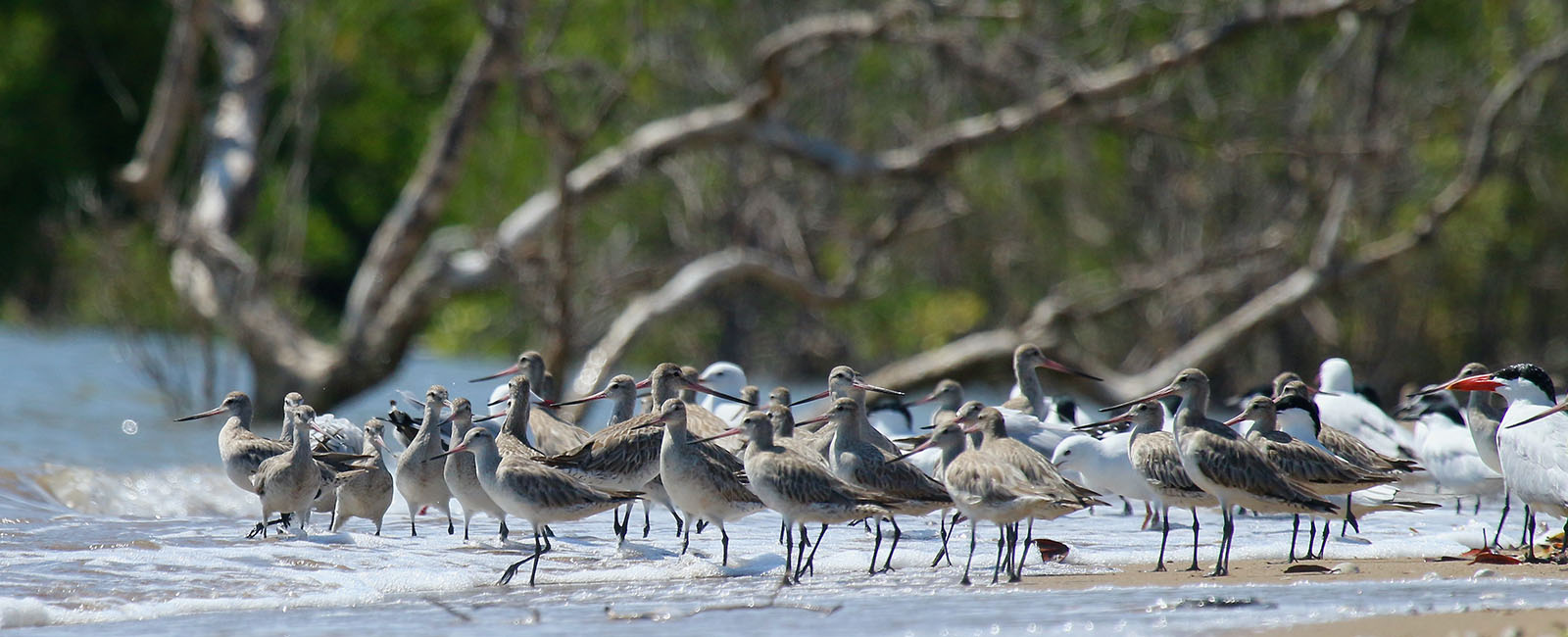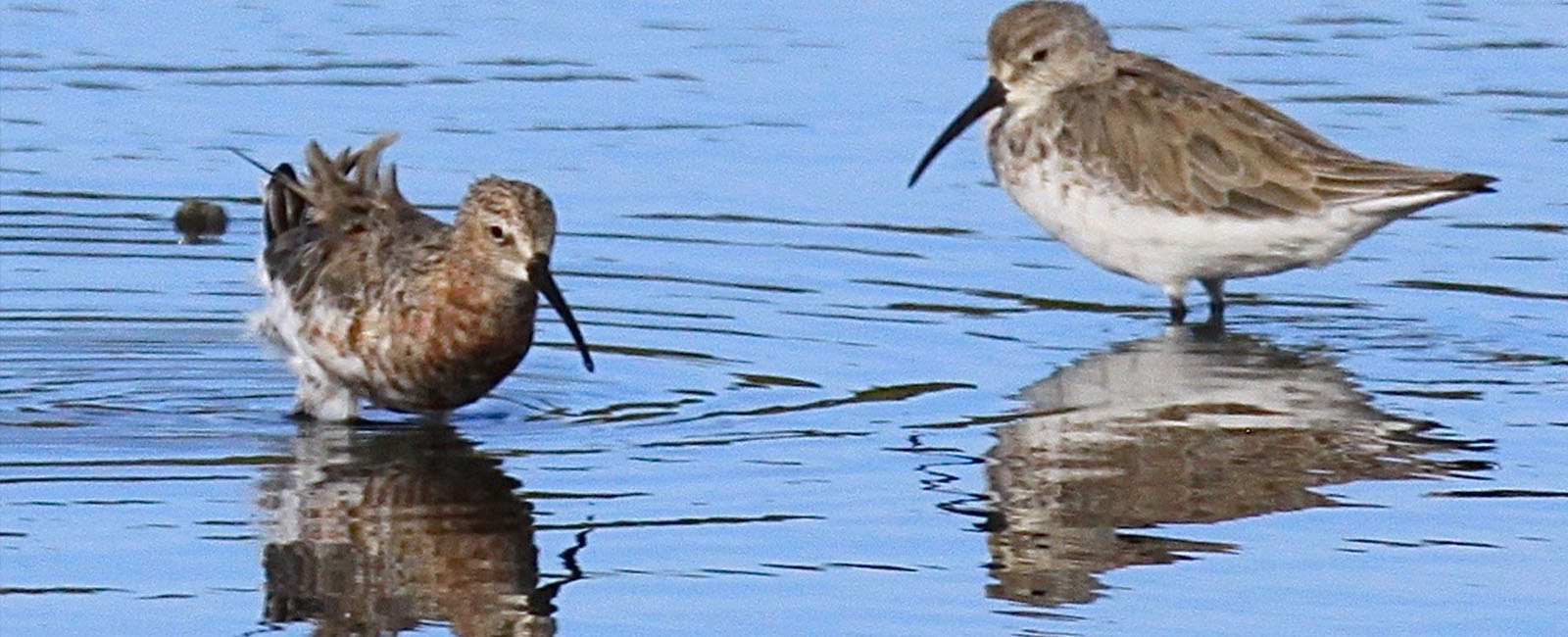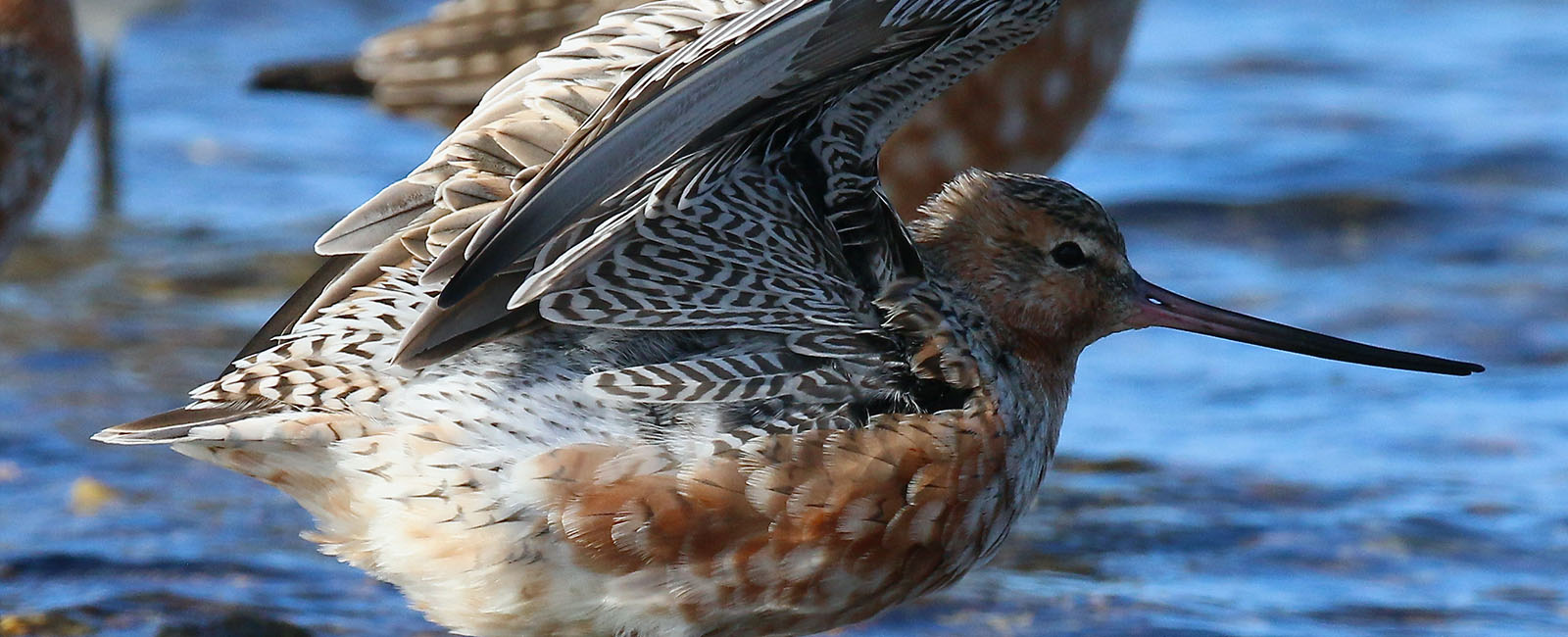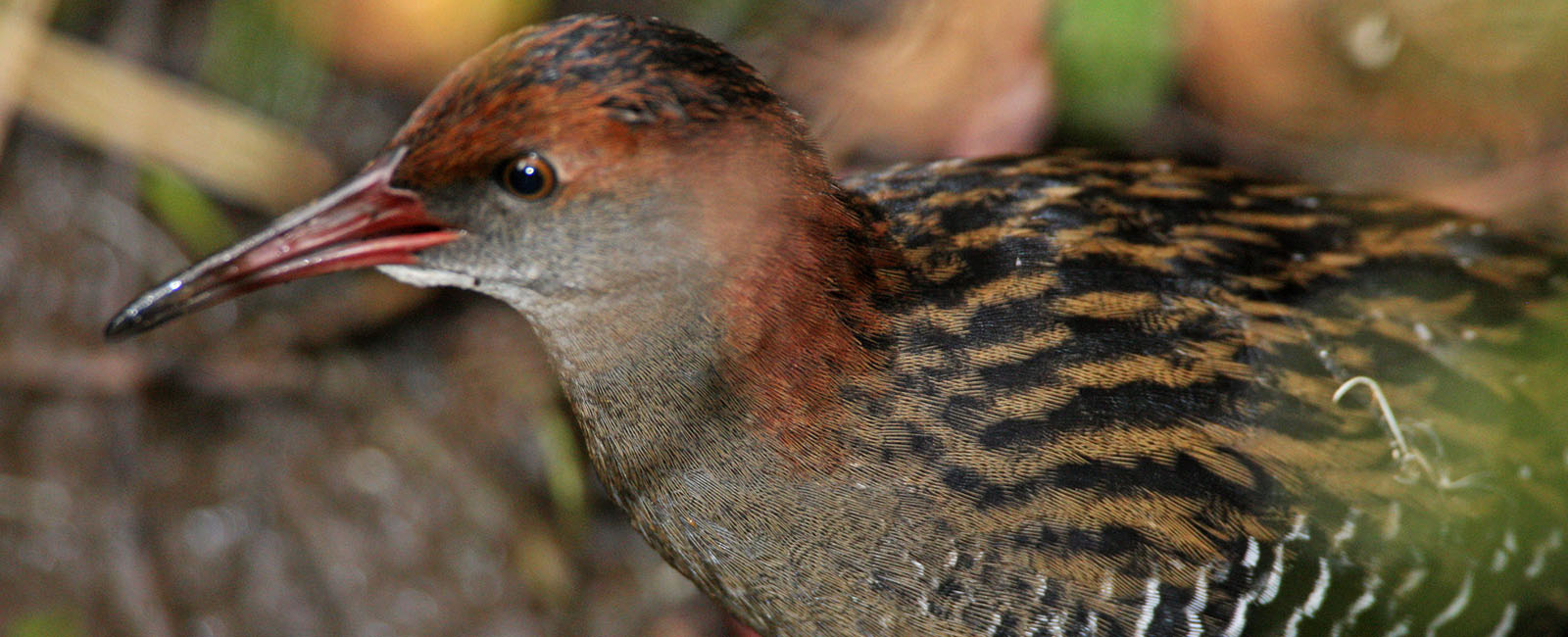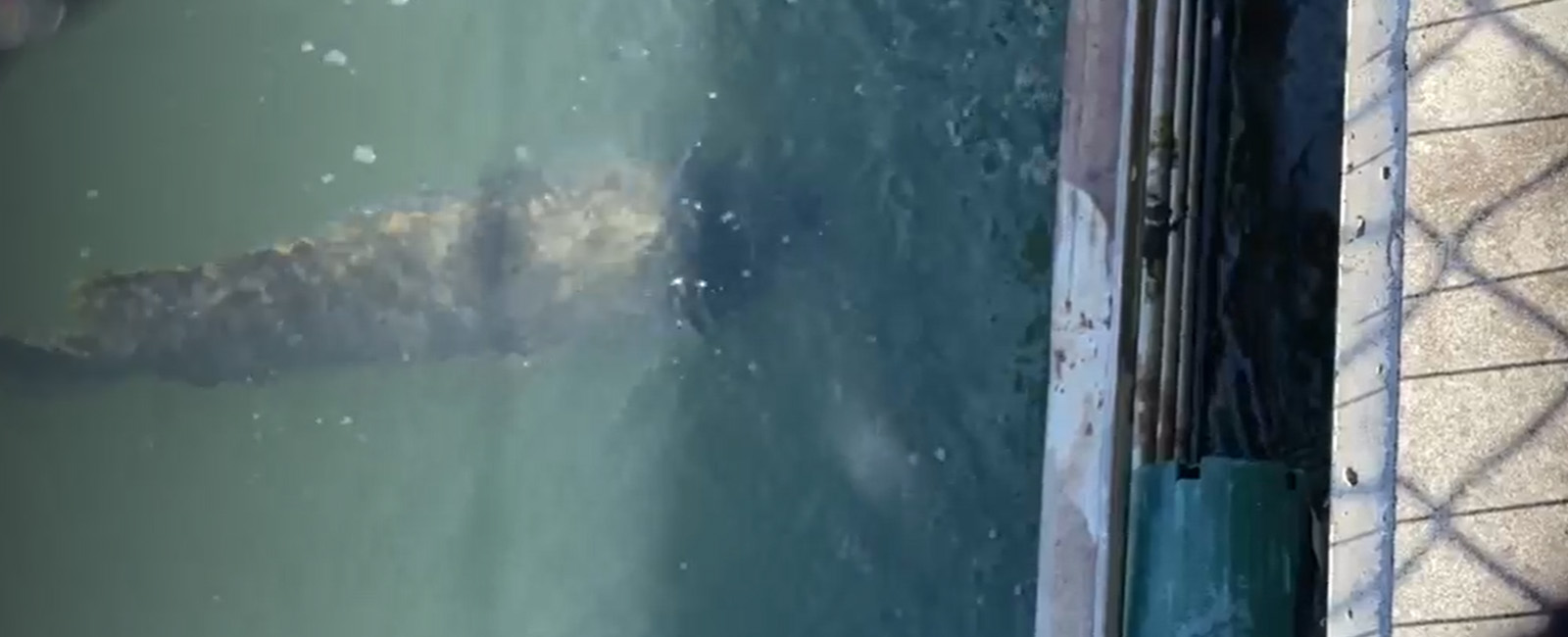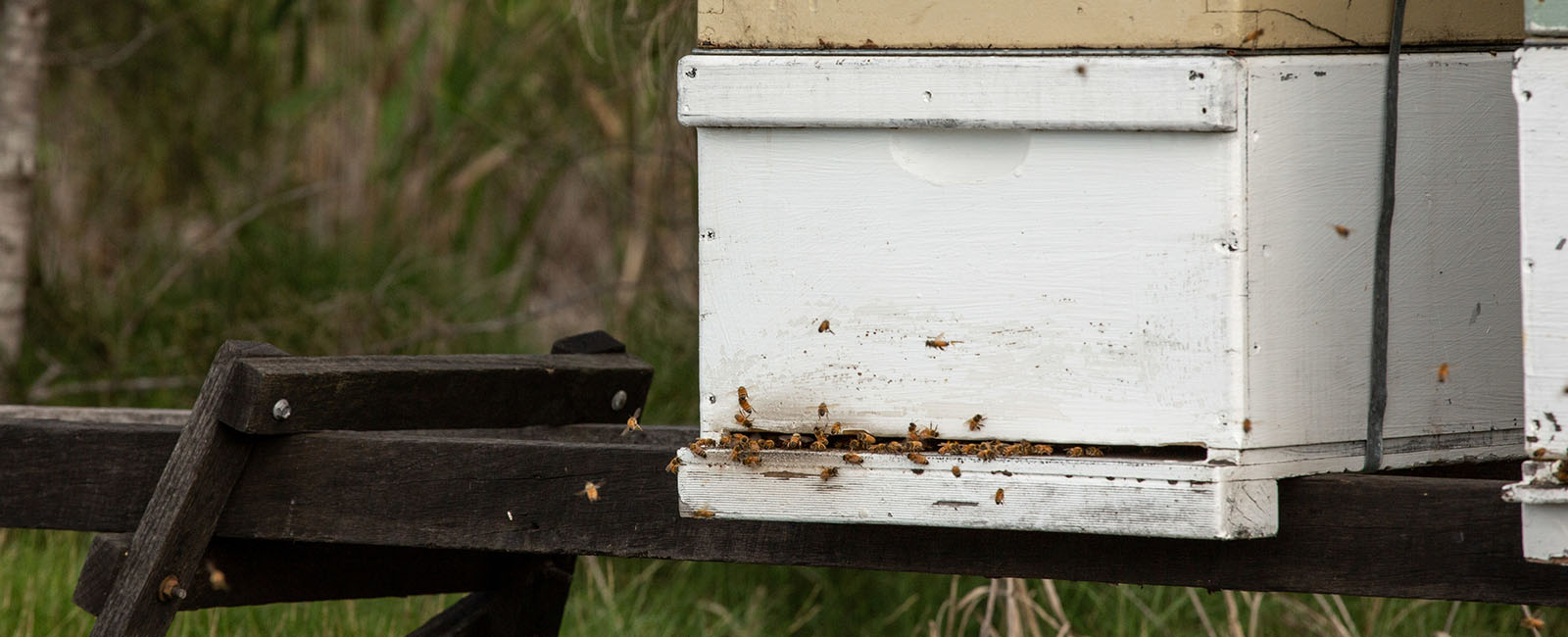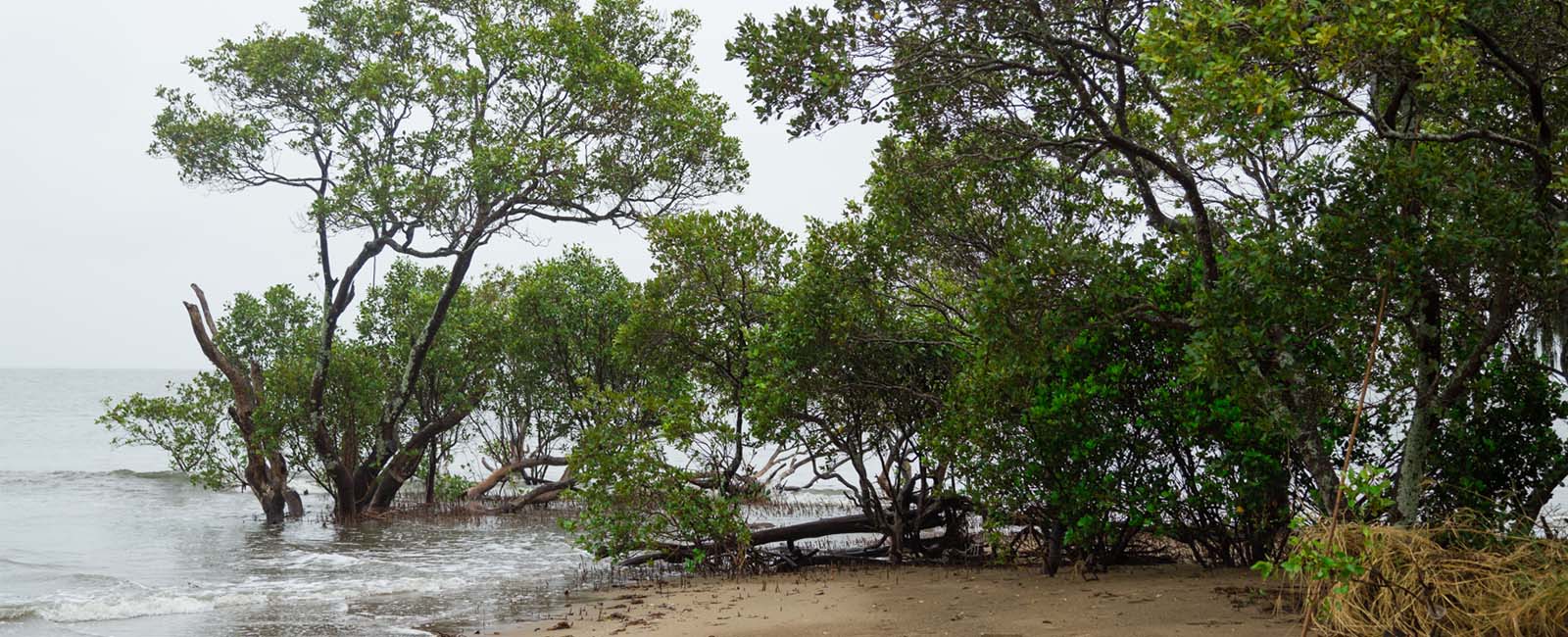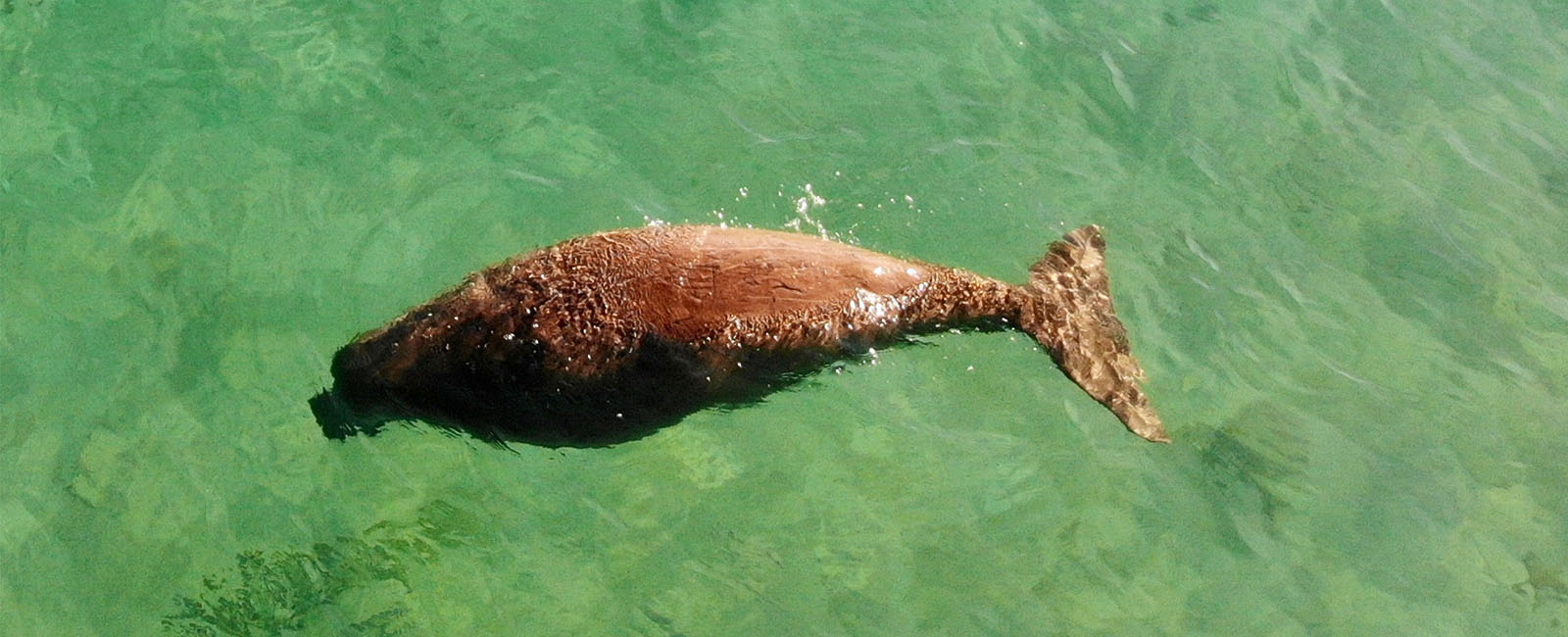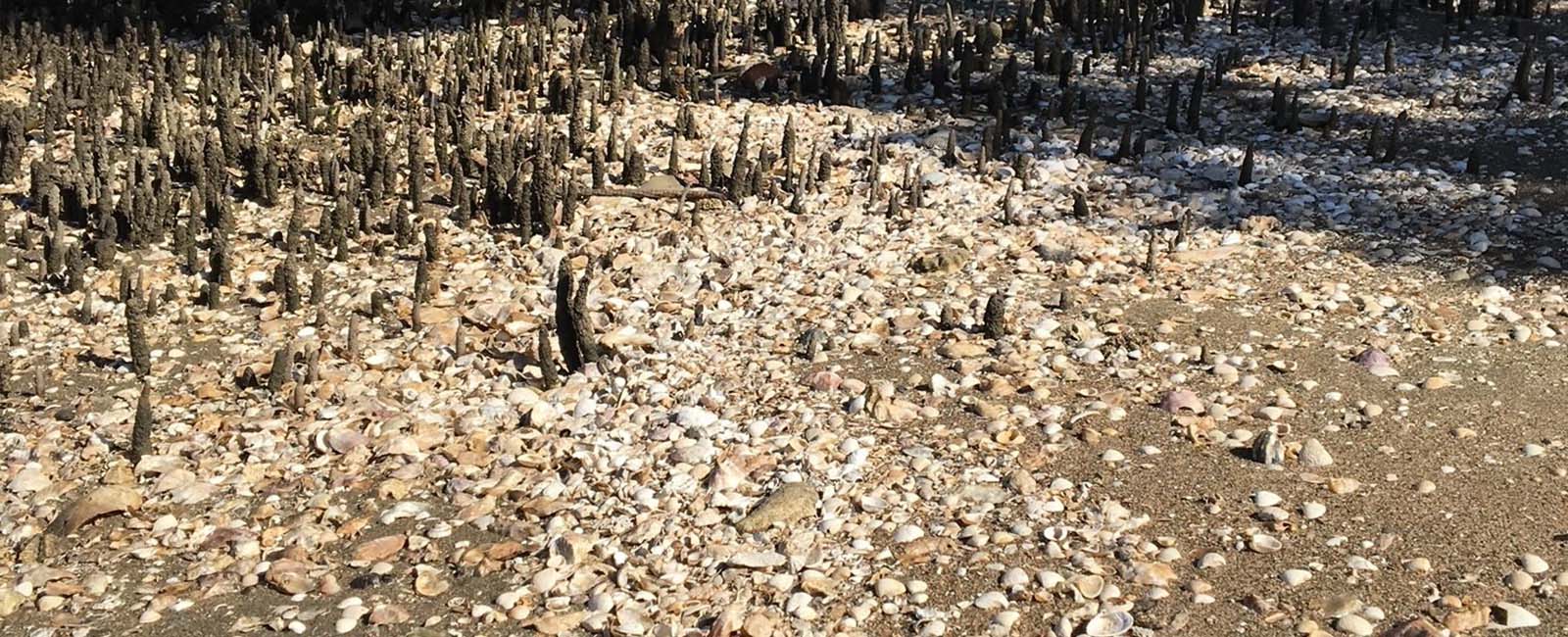
World Wetlands Day is celebrated on the 2nd February each year, a day to recognise the invaluable impact of wetland environments and take action to protect them.
Wetlands are very special places – and in Brisbane we are lucky enough to live on the shores of beautiful Moreton Bay. As Brisbane Airport sits within Moreton Bay, and even has its own wetlands areas, we take the protection of those wetlands very seriously. In fact, we have designated 285 hectares of the airport as a protected biodiversity zone, including areas of wetlands and aquatic habitat. That’s over 10% of the airport’s landmass!
So why all the fuss about this little part of Queensland? There’s much more to the wetlands around Brisbane Airport than meets the eye! Here’s 10 amazing facts to blow your mind!
1. Connection to Country
Long before Brisbane Airport existed, even long before the city of Brisbane existed, the wetlands were an important place for the Turrbal people, the traditional custodians of the land on which Brisbane Airport operates. The area was used for camping, hunting and gathering. There is evidence of bora rings (ceremonial sites) and shell middens.
The Brisbane riverine catchment features in Dreaming Songs that connect places and locations along the Brisbane River, the wetlands, floodplains and swamps. These songs, and the Dreaming Tracks and Dreaming Sites that they reference, are an integral part of the Turrbal people’s connection to country.
Find out more about the indigenous history of the area.
2. AvGeeks at the Airport
Move over Plane Spotters - there is more than one type of #avgeek at the airport!
The wetlands attract people who are passionate about the many avian species found around the airport. Ecologists conduct shorebird monitoring every month that gives us a detailed understanding of migratory shorebird populations. These studies have occurred over 17 years and even resulted in a recent peer-reviewed paper being published*.
There is also monitoring of the hide ‘n seek superstars of the bird world – the elusive Lewin’s Rail.
3. Oasis for Migratory Birds
The shorebird monitoring has demonstrated that the wetlands around the airport are an extremely important habitat for migratory shorebirds, especially as a feeding site.
The Brisbane Airport tidal flats make up 1% of the tidal flats in Moreton Bay, yet incredibly support between 3.8% and 7.3% of the estimated migratory birds in the Moreton Bay *.
The fact that the wetlands are located at an airport means they are in a restricted area. There is very little disturbance on the foreshore by humans or by animals that could chase and injure them, like dogs.
4. Protects Endangered Species
It’s not just any old bird that likes to take a break on our shores. The tidal flats have proven to be a haven for the critically endangered curlew sandpiper.
On average, the Brisbane Airport tidal flats support 16% of the Brisbane curlew sandpiper population. Amazingly, it has been measured as high as 43%*. The curlew sandpipers fly all the way from their breeding grounds in Siberia and Alaska to feed, rest and rebuild their strength before the long journey back north.
5. Home to World-Record Holders
Have you ever wanted to know which bird can fly the furthest without stopping? The Bar-tailed Godwit … that’s who! These endurance flyers have been described as the fighter jets of the bird world – sleek and fast!
One of these amazing birds was tracked in 2021 flying non-stop for more than 12,000km from Alaska to New Zealand! The journey took over 11 days. It's hard to believe something can stay in the air for that long!
After New Zealand, the Bar-tailed Godwits usually head over to Australia, including the wetlands and sandflats around Brisbane Airport, then fly north to Asia before returning to their breeding grounds.
6. Hide 'n Seek Superstars
Towards the other end of the new runway, along the waters of Kedron Brook, the phragmites wetlands and grasslands provide an ideal home to one of Australia’s most shy and elusive creatures – the Lewin’s Rail.
Hiding amongst the vegetation, this small ground-dwelling bird is rarely seen by humans. Lucky for us, it can be recognised by its distinctive bird calls.
The protection of this mysterious chirper is at the heart and soul of the airport’s biodiversity efforts. A special area has even been set up that is optimised for the species. We monitor the Lewin's Rail every month by playing recorded bird calls and measuring the number of responses.
7. Giant Groupers
Of course, the wetland habitats aren’t all about birds. Did you know there’s a couple of giant groupers that call the airport home? It’s believed they entered the drainage channels from Moreton Bay when they were wee small fry, slipping through the security grates that prevent larger animals from entering.
With one of the best feeding grounds in Brisbane, they’re living the good life – feasting on the schools of fish that pass through the grates with the incoming tide.
8. Buzzing for Biodiversity
What's that buzz in the biodiversity zone? It's the hum coming from the dozens of European honey bee hives that are located around the zone.
The bees from these hives help pollinate the flora of the wetlands, and act as the starting point for the Northern Brisbane Pollination pathway.
And yes, we can confirm they produce some delicious honey!
9. Wetland of International Importance
Moreton Bay is officially a Ramsar site – one of only five in Queensland. Being a Ramsar site means it has been internationally recognised as a wetland of international importance. Think of it as the wetlands version of UNESCO World Heritage sites.
The foreshore, saltmarsh and mangrove areas at Brisbane Airport form part of this special and protected site. We will continue to give our corner of Moreton Bay the TLC it deserves.
10. Extraordinary Part of the Ecosystem
Wetlands such as those at Brisbane Airport are an important part of the natural environment. They have a unique diversity of plants and animals such as crabs, birds and insects and are vital nurseries for many young fish before they venture out into the open sea. Coastal vegetation protects our beaches, reduces flooding and erosion, and filters the water to help water quality.
Moreton Bay’s famous dugongs are reliant on the wetlands to trap and filter the sediment coming off the land so that sea grass, their food source, is not smothered.
The wetlands around Brisbane Airport perform a vital function in keeping Moreton Bay clean and healthy, as well as providing protected habitats for birds and other wildlife to thrive. On World Wetlands Day, and indeed on every day, we recognise the importance of these ecosystems and the need to protect and nurture them.

